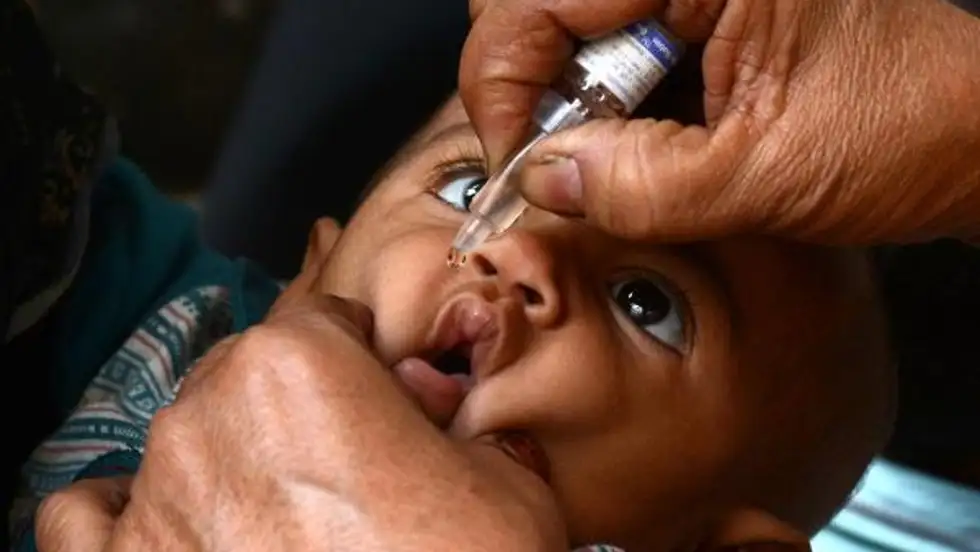Context:
India marked a significant milestone in 2024, completing a decade of polio-free, a status it achieved in 2014 when the World Health Organization (WHO) declared the country free of polio. India’s Polio-Free Status:
- Achieved in 2014 through sustained efforts over decades.
- Resulted from participation in the Global Polio Eradication Initiative (GPEI) and Universal Immunization Programme (UIP).
- Collaborative effort with organizations like UNICEF, WHO, Gates Foundation, Rotary International, and CDC.
Immunization in India:
- The Expanded Programme on Immunization (EPI) started in 1978, renamed to Universal Immunization Programme (UIP) in 1985.
- UIP provides vaccines for 12 diseases to 2.67 crore newborns and 2.9 crore pregnant women annually.
- Polio elimination was one of the first targets of UIP.
- The National Rural Health Mission (NRHM), was launched in 2005 to enhance the health of rural populations.
Key Milestones in Polio Eradication:
- Pulse Polio Programme Launch (1995):
- A national campaign started in 1995 using the Oral Polio Vaccine (OPV).
- Slogan “Do Boond Zindagi Ki” became iconic.
- Routine Immunization & Strengthening:
- UIP provided vaccines against multiple diseases, maintaining immunity levels.
- Improvements in cold chain management and logistics, including eVIN and NCCTE.
- Introduction of Inactivated Polio Vaccine (IPV) in 2015:
- IPV was added to the vaccine schedule after the global switch tobivalent OPV (bOPV), ensuring protection against type 2 poliovirus.
Surveillance and Monitoring:
- Acute Flaccid Paralysis (AFP) Surveillance to monitor unexplained paralysis.
- Environmental Surveillance to check sewage for poliovirus.
- High surveillance sensitivity helped track and control any outbreaks.
Political Will and Community Engagement:
- Strong political commitment from central and state governments.
- Local leaders, health workers, and volunteers ensured wide public awareness and door-to-door immunization, especially in remote areas.
Certification and Final Leap:
- Last wild poliovirus case in 2011 (Howrah, West Bengal).
- WHO certification process required 3 years without cases, robust surveillance, and destruction of remaining virus stocks.
- India declared polio-free on 27th March 2014.
Post-Certification Measures:
- Annual Polio Campaigns and Surveillance continue to maintain immunity and prevent re-emergence.
- Border Vaccination to prevent polio re-importation.
- New vaccines like Rotavirus, Pneumococcal Conjugate Vaccine (PCV), and Measles-Rubella (MR) were added to the immunization program.
- Mission Indradhanush (since 2014) aims to increase immunization coverage to 90%, focusing on hard-to-reach areas.
Conclusion:
- India’s success in polio eradication is a model of collaboration, leadership, and innovation.
- Ongoing efforts in immunization and surveillance ensure the country remains polio-free and supports the global goal of eradication.

